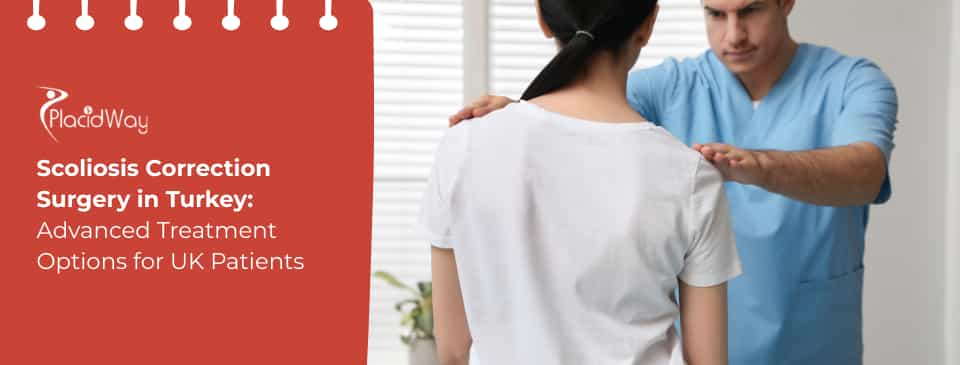
Living with scoliosis can cause discomfort, limit mobility, and affect daily life. For many UK patients, scoliosis correction surgery in Turkey offers an advanced and cost-effective solution to improve spinal alignment and overall quality of life. With modern techniques, experienced surgeons, and internationally accredited hospitals, Turkey has become a leading destination for comprehensive scoliosis treatment.
This guide explores the surgical options, benefits, and what UK patients can expect during their treatment journey.
Key Takeaways
-
Scoliosis correction surgery in Turkey offers advanced treatment options and significant cost savings for UK patients seeking specialized care.
-
Turkey boasts internationally accredited hospitals and highly experienced spine surgeons, many with global training.
-
The main surgical approaches include spinal fusion with rods and screws, and less commonly, vertebral body tethering (VBT) for growing adolescents.
-
Patient satisfaction rates and success rates for scoliosis surgery in top Turkish hospitals are comparable to leading centers in the US and Europe.
-
The average cost of scoliosis surgery in Turkey typically ranges from $16,000 to $30,000 (£12,800 to £24,000), which is considerably lower than in the UK.
Understanding Scoliosis
Scoliosis is an abnormal sideways curvature of the spine, which can present as a C-shape or S-shape, often accompanied by spinal rotation. It can affect children, adolescents, and adults, leading to pain, deformity, and, in severe cases, impacting lung function.
Scoliosis is more than just a crooked spine; it's a complex spinal deformity where the spine curves abnormally to the side, often rotating at the same time. While a slight curve might be harmless, significant curvatures can lead to noticeable postural imbalances, discomfort, and in severe instances, compromise the function of internal organs like the lungs. There are several types of scoliosis:
-
Idiopathic Scoliosis: This is the most common type, with no known cause. It's often diagnosed in adolescents (Adolescent Idiopathic Scoliosis).
-
Congenital Scoliosis: Present at birth due to vertebral malformations during fetal development.
-
Neuromuscular Scoliosis: Develops due to underlying neurological or muscular conditions like cerebral palsy or muscular dystrophy.
-
Degenerative Scoliosis (Adult-Onset): Occurs in older adults due to the degeneration of spinal discs and joints.
Early detection is key, especially in growing children, as it allows for more effective management, often preventing the need for surgery.
Traditional Treatments for Scoliosis
Non-surgical treatments for scoliosis focus on managing smaller curves and preventing progression, primarily through observation, bracing for growing patients, and specialized physical therapy.
For individuals with scoliosis, especially those with milder curves or those still growing, surgery isn't always the first line of treatment. Traditional, non-surgical approaches aim to either halt the progression of the curve or manage symptoms:
-
Observation: For small curves (typically less than 20-25 degrees), doctors might recommend regular monitoring with X-rays to see if the curve progresses.
-
Bracing: This is a common treatment for growing children and adolescents with curves between 20-40 degrees. A custom-fitted brace is worn for many hours a day to prevent the curve from worsening. Braces do not correct existing curves but can effectively slow or stop progression until skeletal maturity.
-
Physical Therapy and Scoliosis-Specific Exercises (SSEs): Programs like the Schroth Method focus on strengthening specific core muscles, improving posture, and increasing spinal flexibility to reduce symptoms and potentially minimize curve progression. These are often used in conjunction with bracing.
-
Pain Management: For adults experiencing pain due to scoliosis, treatments can include physical therapy, anti-inflammatory medications, injections, and lifestyle modifications.
Surgery is typically reserved for cases where the curve is severe, rapidly progressing, or causing significant symptoms that non-surgical methods cannot address.
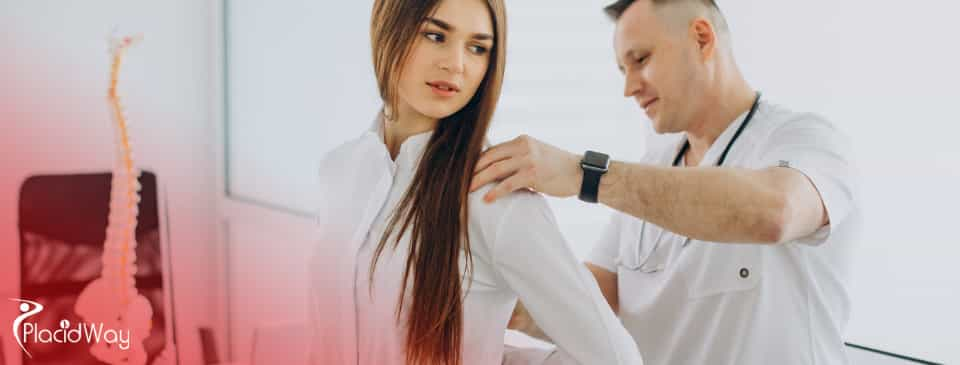
Candidacy for Scoliosis Correction Surgery
Scoliosis correction surgery is generally recommended for patients with severe spinal curves, typically greater than 45-50 degrees, especially if the curve is progressing or causing significant pain and functional limitations.
Deciding on scoliosis correction surgery is a significant step and depends on several factors, including the patient's age, the degree of spinal curvature (Cobb angle), curve progression, and the presence of symptoms. You might be considered a candidate if:
-
Severe Curve Progression: For adolescents, if the curve is greater than 45-50 degrees and continues to progress despite bracing.
-
High Cobb Angle in Adults: For adults, if the curve exceeds 50 degrees and is causing persistent pain, neurological deficits, or impacting daily function.
-
Skeletal Maturity: In adolescents, surgery is often considered before or just after the end of skeletal growth to prevent further worsening.
-
Symptoms: Severe back pain, neurological issues (e.g., leg weakness), or compromised lung function due to the spinal deformity.
-
Overall Health: You must be in good general health to withstand a major surgical procedure and recover effectively.
A detailed evaluation by a spine surgeon in Turkey will assess your specific condition and determine the most appropriate course of action.
Types of Scoliosis Correction Surgery
The most common scoliosis surgery is spinal fusion, which uses metal rods, screws, and bone grafts to permanently join vertebrae. Newer "fusionless" techniques like vertebral body tethering (VBT) are also available for specific cases.
Modern scoliosis correction surgery offers several sophisticated options tailored to the patient's age, curve type, and severity.
Spinal Fusion
This is the most widely performed and gold-standard surgical technique for correcting scoliosis.
-
Procedure: The surgeon realigns the curved vertebrae and then fuses them together into a single, solid bone. This involves:
-
Instrumentation: Metal rods, screws, hooks, or wires are attached to the spine to hold it in the corrected position.
-
Bone Graft: Small pieces of bone (either from the patient, a donor, or artificial material) are placed around the vertebrae to stimulate new bone growth and help them fuse.
-
-
Approach: Spinal fusion can be performed from a posterior approach (through the back, most common), an anterior approach (through the chest/abdomen), or a combined approach.
-
Goal: To stop the curve from progressing and significantly reduce the existing curvature.
Vertebral Body Tethering (VBT)
VBT is a newer, "fusionless" surgical option, primarily for younger, still-growing patients with moderate curves.
-
Procedure: Screws are placed into the vertebrae along the curve, and a strong, flexible cable (tether) is threaded through the screws. Tension is applied to the cable, correcting the spine to a certain degree.
-
Goal: To use the child's continued growth to further straighten the spine, potentially allowing for more flexibility compared to fusion.
Expert Insight: "Turkish spine surgeons are at the forefront of adopting advanced techniques for scoliosis correction, offering both traditional spinal fusion and innovative fusionless options like VBT. They prioritize patient safety and strive for optimal long-term outcomes, often utilizing minimally invasive approaches when appropriate,"
The Surgical Procedure in Detail
Scoliosis correction surgery is a complex procedure typically lasting 4-6 hours, involving precise instrumentation, bone grafting, and careful monitoring to realign and stabilize the spine under general anesthesia.
The scoliosis correction surgery is a major operation requiring a highly skilled surgical team. Here's what you can generally expect:
-
Anesthesia: You'll be under general anesthesia for the entire duration, meaning you'll be asleep and won't feel any pain.
-
Incision: A long incision is made, typically along your back (for posterior fusion) or on your side/chest (for anterior fusion or VBT).
-
Spinal Exposure: Muscles are carefully moved aside to expose the curved sections of the spine.
-
Correction and Instrumentation:
-
For spinal fusion, the surgeon meticulously corrects the spinal curve using specialized tools. Then, metal rods are attached to the vertebrae with screws or hooks to hold the spine in its new, straighter position.
-
For VBT, screws are placed into the vertebral bodies, and a flexible tether is attached and tensioned to correct the curve.
-
-
Bone Grafting: For fusion, bone graft material is placed around the fused vertebrae to promote bone growth and permanent fusion.
-
Closure: Once the instrumentation is secure and the spine is realigned, the muscles and tissues are carefully repositioned, and the incision is closed with sutures.
-
Neuromonitoring: Throughout the surgery, special monitors are used to continuously check your spinal cord and nerve function, ensuring maximum safety.
The duration of the surgery can range from four to six hours, depending on the number of vertebrae involved and the complexity of the curve.
Recovery and Aftercare
Recovery from scoliosis correction surgery typically involves a hospital stay of several days, followed by a gradual return to normal activities over several months, with strict adherence to activity restrictions and consistent follow-up care.
Post-operative care is crucial for the success of scoliosis correction surgery. UK patients should be prepared for a structured recovery:
-
Hospital Stay: Expect to stay in the hospital for approximately 5-7 days. During this time, pain will be managed with medication, and you'll gradually start gentle mobilization with the help of physical therapists.
-
Immediate Post-Hospital:
-
Pain Management: You'll continue with prescribed pain medication. Avoid NSAIDs unless specifically advised, as they can interfere with bone fusion.
-
Wound Care: Keep the incision clean and dry. Follow your surgeon's instructions regarding showering and dressing changes.
-
Activity Restrictions: For the first 6-8 weeks, avoid bending, twisting, or heavy lifting (typically anything over 4-5 lbs). Walking is strongly encouraged as a key part of recovery.
-
Bracing: Some patients may need to wear a brace temporarily after surgery, though this is less common with modern instrumentation.
-
-
Long-Term Recovery (3-12 months):
-
Gradual Activity Increase: You'll gradually increase your activity levels. Most patients can return to school or work within 2-4 weeks.
-
Physical Therapy: Rehabilitation exercises will help strengthen your core muscles and improve flexibility.
-
Follow-up Appointments: Regular follow-up visits with your surgeon in Turkey, and potentially your local GP or physiotherapist in the UK, will involve X-rays to monitor the fusion process.
-
Return to Sports: Strenuous activities and contact sports are usually restricted for 6-12 months, or until your surgeon confirms complete fusion.
-
Potential Risks and Complications
Like any major surgery, scoliosis correction surgery carries potential risks, including infection, neurological complications (e.g., weakness, numbness), blood loss requiring transfusion, and implant-related issues, though the overall risk is low.
While scoliosis correction surgery is generally safe and highly effective, it's a major procedure with potential risks:
-
Infection: Superficial or deep infections at the surgical site can occur, typically treated with antibiotics, and sometimes requiring further surgery. The risk is generally around 1-2%.
-
Neurological Complications: This is a serious but rare risk, ranging from temporary numbness or weakness to, in very rare cases, paralysis. Intraoperative neuromonitoring significantly reduces this risk (less than 1% for paralysis).
-
Blood Loss: Significant blood loss can occur, sometimes requiring blood transfusions.
-
Hardware Complications: Rods or screws can loosen, break, or migrate, potentially requiring revision surgery.
-
Pseudarthrosis (Failed Fusion): In some cases, the bones may not fuse completely, leading to persistent pain and potentially requiring further surgery.
-
Pain: While surgery aims to reduce pain, some patients may experience chronic pain or discomfort.
-
Lung Complications: Particularly with anterior approaches, there can be risks of pneumonia or lung collapse.
-
Superior Mesenteric Artery (SMA) Syndrome: A rare complication where rapid spinal correction can compress the intestine, leading to nausea, vomiting, and abdominal pain.
Turkish clinics employ stringent safety protocols and experienced teams to minimize these risks and manage any complications effectively.
Cost of Scoliosis Correction Surgery in Turkey
The cost of scoliosis correction surgery in Turkey is notably more affordable than in the UK, typically ranging from $16,000 to $30,000 (£12,800 to £24,000), offering significant savings without compromising on quality of care.
For UK patients, the financial aspect is a major motivator for choosing medical tourism in Turkey. The cost of scoliosis surgery in Turkey is substantially lower than private care in the UK or other Western countries.
|
Component |
Estimated Cost in Turkey (USD) |
Estimated Cost in Turkey (GBP) |
Estimated Cost in UK Private (GBP) |
Notes |
|---|---|---|---|---|
|
Surgical Procedure (Fusion) |
$16,000 - $30,000 |
£12,800 - £24,000 |
£30,000 - £60,000+ |
Includes surgeon's fees, anesthesia, hospital stay (5-7 days), operating room charges, and basic instrumentation. The range reflects complexity (number of levels fused). |
|
VBT (Vertebral Body Tethering) |
$15,000 - $25,000 |
£12,000 - £20,000 |
£25,000 - £50,000+ |
Typically for specific pediatric cases, cost varies. |
|
Pre-operative Diagnostics |
$500 - $1,500 |
£400 - £1,200 |
£800 - £2,500 |
X-rays, MRI, CT scans, blood tests, cardiac evaluation. Often included in comprehensive packages. |
|
Post-operative Consultations |
$100 - $300 per visit |
£80 - £240 per visit |
£200 - £400 per visit |
Follow-up checks, wound care, X-rays. Many clinics offer remote follow-up. |
|
Accommodation (1-2 weeks) |
$500 - $1,500 |
£400 - £1,200 |
N/A |
Depending on hotel class and location. Many packages include hotel stays. |
|
Flights (UK-Turkey return) |
$150 - $500 |
£120 - £400 |
N/A |
Varies by airline, booking time, and airport. |
|
Translation Services |
$50 - $150 per day |
£40 - £120 per day |
N/A |
Often included in medical tourism packages. |
|
Post-op Medications |
$50 - $200 |
£40 - £160 |
£50 - £200 |
Painkillers, antibiotics. |
|
Total Estimated Cost |
$16,000 - $32,000+ |
£12,800 - £25,600+ |
£30,000 - £60,000+ |
This is a broad estimate. Always request a personalized quote based on your specific case. |
Did You Know? Patients can often save 30-70% on scoliosis surgery costs by choosing Turkey compared to countries like the UK or USA, primarily due to lower operating costs and a favorable exchange rate.
Why Choose Turkey for Scoliosis Correction Surgery?
Turkey has become a leading destination for scoliosis correction surgery due to its internationally recognized medical expertise, state-of-the-art facilities, highly experienced spine surgeons, competitive pricing, and comprehensive patient support, making it an attractive option for UK patients.
For UK patients seeking specialized scoliosis correction surgery, Turkey offers a compelling blend of quality and affordability:
-
World-Class Spine Specialists: Turkish orthopedic surgeons and neurosurgeons specializing in spinal deformities are often internationally trained and have extensive experience performing complex scoliosis surgeries with high success rates. Doctors like Dr. Haluk Celik and Dr. Gursel Saka are highly regarded.
-
Accredited Hospitals: Many Turkish hospitals are JCI (Joint Commission International) accredited, signifying adherence to rigorous international standards of patient safety and quality of care. Hospitals like Medical Park Bahcelievler Hospital, Acibadem International Hospital, and Anadolu Medical Center are known for their spine care.
-
Advanced Technology: Turkish medical facilities are equipped with the latest surgical technology, including advanced imaging systems, intraoperative neuromonitoring, and minimally invasive surgical tools.
-
Cost-Effectiveness: As detailed above, the cost savings are substantial compared to private treatment in the UK, without compromising on medical standards.
-
Comprehensive Medical Tourism Packages: Many Turkish clinics and facilitators offer all-inclusive packages covering treatment, hospital stay, accommodation, airport transfers, and translation services, simplifying the entire journey for international patients.
-
High Success and Satisfaction Rates: Success rates for scoliosis surgery in top Turkish hospitals are often reported between 80-95%, with high patient satisfaction regarding both clinical outcomes and overall experience.
-
Accessibility: Direct flights from major UK cities to Istanbul are frequent, making travel convenient.
.png)
Preparing for Your Medical Journey to Turkey
Thorough preparation for scoliosis surgery in Turkey includes compiling comprehensive medical records, arranging travel logistics, understanding local customs, and ensuring clear communication with your medical team and facilitator.
A well-planned medical journey to Turkey is essential for a stress-free experience:
-
Initial Consultation: Begin with an online consultation with a Turkish spine surgeon or through a medical tourism facilitator like PlacidWay. Share your medical history, diagnostic images (X-rays, MRI, CT scans), and any previous treatment records.
-
Medical Documentation:
-
Gather all relevant medical records from your UK doctors, including your scoliosis diagnosis, Cobb angles, progression reports, and a list of all current medications.
-
Ensure all documents are in English, or officially translated if required by the Turkish clinic.
-
-
Travel Arrangements:
-
Passport and Visa: Ensure your UK passport is valid for at least six months. UK citizens typically do not require a visa for short medical stays in Turkey (up to 90 days within a 180-day period).
-
Flights and Accommodation: Book your flights and accommodation in advance. Consider hotels near your chosen clinic. Many medical tourism packages include these.
-
Travel Insurance: Purchase comprehensive travel insurance that covers overseas medical treatment, including potential complications and emergency evacuation. This is highly recommended by GOV.UK.
-
-
Financial Planning: Confirm all costs with the clinic and ensure you have sufficient funds. Discuss payment methods and currency exchange.
-
Communication: Inquire about dedicated translation services. While many Turkish medical professionals speak English, a translator can be invaluable for detailed discussions.
-
Pre-operative Instructions: Follow all instructions from your Turkish medical team, which may include dietary restrictions, stopping certain medications, and pre-operative tests.
Life After Scoliosis Correction Surgery
Life after scoliosis correction surgery can significantly improve posture, reduce pain, and restore confidence, allowing patients to lead active lives, though continued adherence to recovery protocols and long-term follow-up is essential.
The goal of scoliosis correction surgery is to improve your quality of life. Here's what to expect in the long term:
-
Improved Posture and Appearance: A significant reduction in spinal curvature often leads to improved posture and a more balanced appearance of the back and shoulders.
-
Pain Reduction: For many patients, especially adults who had significant pain before surgery, there is a substantial reduction in chronic back pain.
-
Return to Activities: Most patients can gradually return to almost all pre-operative activities, including sports, within 6-12 months, once the fusion is complete and approved by the surgeon.
-
Long-Term Follow-up: Regular follow-up appointments with your surgeon (or your local UK doctor in coordination with your Turkish surgeon) will be necessary to monitor the fusion and overall spinal health.
-
Physical Activity: Maintaining a healthy and active lifestyle, with exercises focusing on core strength and flexibility (as approved by your physiotherapist), is crucial for long-term spinal health.
Frequently Asked Questions (FAQs)
What is the success rate of scoliosis surgery in Turkey?
The success rate for scoliosis correction surgery in top Turkish hospitals is comparable to leading centers globally, typically ranging from 80% to 95%, depending on the patient's specific condition, curve severity, and adherence to post-operative care. Turkish hospitals are known for their high standards and experienced surgeons, contributing to these positive outcomes.
How long is the hospital stay after scoliosis surgery in Turkey?
Typically, patients stay in the hospital for 5 to 7 days after scoliosis correction surgery in Turkey, allowing for initial recovery, pain management, and early mobilization under medical supervision. This period allows the medical team to monitor your initial healing and ensure you are stable before discharge.
Will I be able to bend and twist after spinal fusion surgery?
After spinal fusion surgery for scoliosis, the fused section of your spine will no longer bend or twist, but the unfused segments above and below will compensate, allowing most patients to maintain good overall flexibility for daily activities. The extent of fusion impacts flexibility, but surgeons strive to fuse the fewest segments necessary for correction. Patients often adapt well to the changes in spinal mobility.
Are there age limits for scoliosis correction surgery?
While scoliosis correction surgery is most commonly performed in adolescents, there are no strict age limits. It can be performed on children with progressive curves and adults experiencing significant pain or neurological issues, provided they are in good overall health. The decision depends on the individual's specific condition and health status, not just chronological age.
Is scoliosis surgery covered by the NHS in the UK?
Yes, scoliosis correction surgery is available through the NHS in the UK for appropriate cases, but waiting lists can be long, which is a primary reason many UK patients consider private treatment options, including medical tourism in Turkey. Access to specialist spinal surgery on the NHS is determined by strict criteria and resource availability.
What kind of follow-up care is required after returning to the UK?
After returning to the UK, follow-up care typically involves regular check-ups with your GP and a local physiotherapist. Your Turkish surgeon may also offer remote consultations or coordinate with your UK medical team to monitor your progress and rehabilitation. It's crucial to share your Turkish medical reports with your UK healthcare providers to ensure continuity of care.
Can I travel alone for scoliosis surgery to Turkey?
While it's possible to travel alone, it's highly recommended to have a companion accompany you for scoliosis correction surgery in Turkey. A companion can provide invaluable support during recovery, assist with non-medical logistics, and offer emotional comfort. Many medical tourism packages cater to both the patient and a companion, including accommodation and transfers.
Restore Your Spine with PlacidWay
Are you a UK patient seeking advanced scoliosis correction surgery and exploring high-quality, affordable options? PlacidWay is your trusted partner for navigating medical tourism to Turkey.



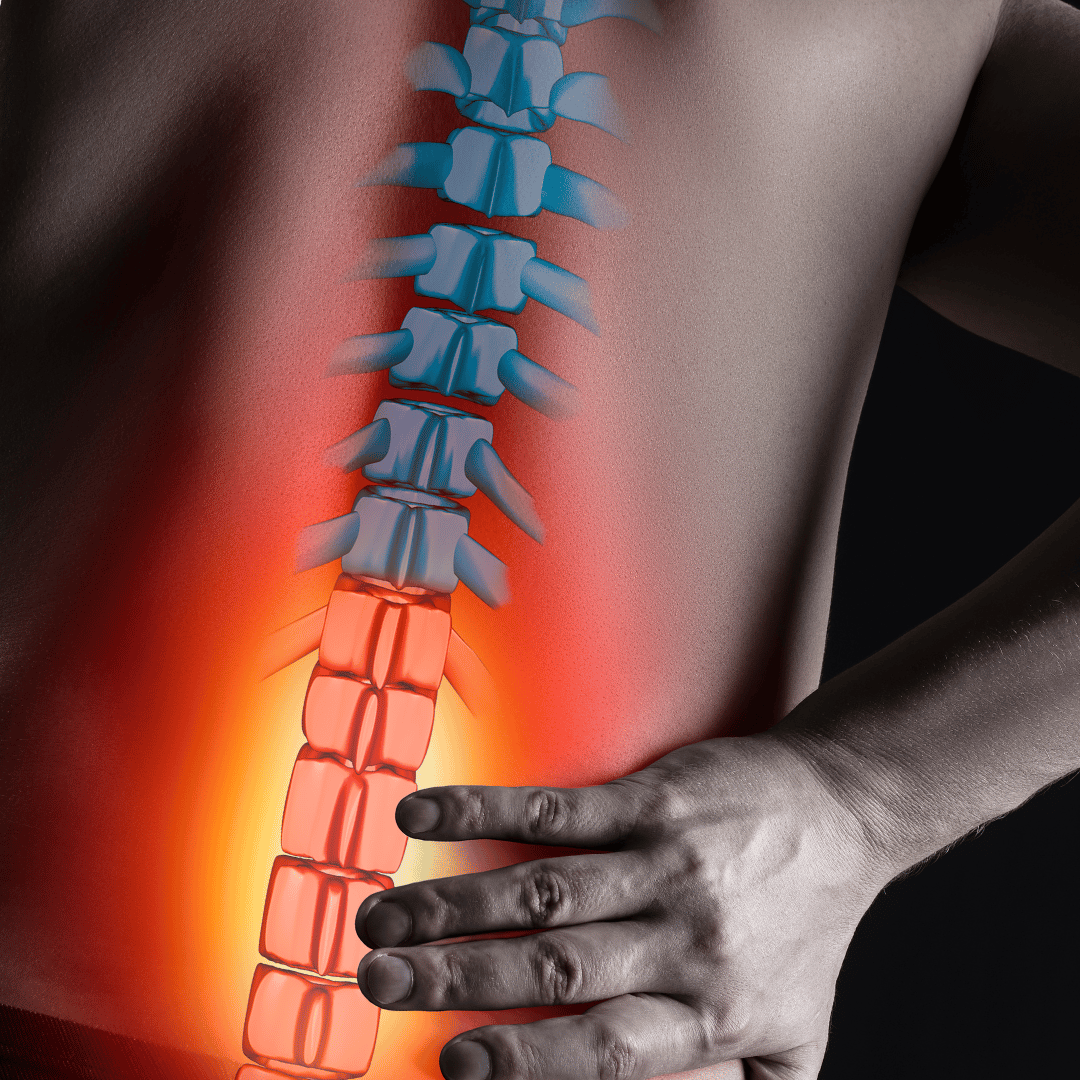
.png)
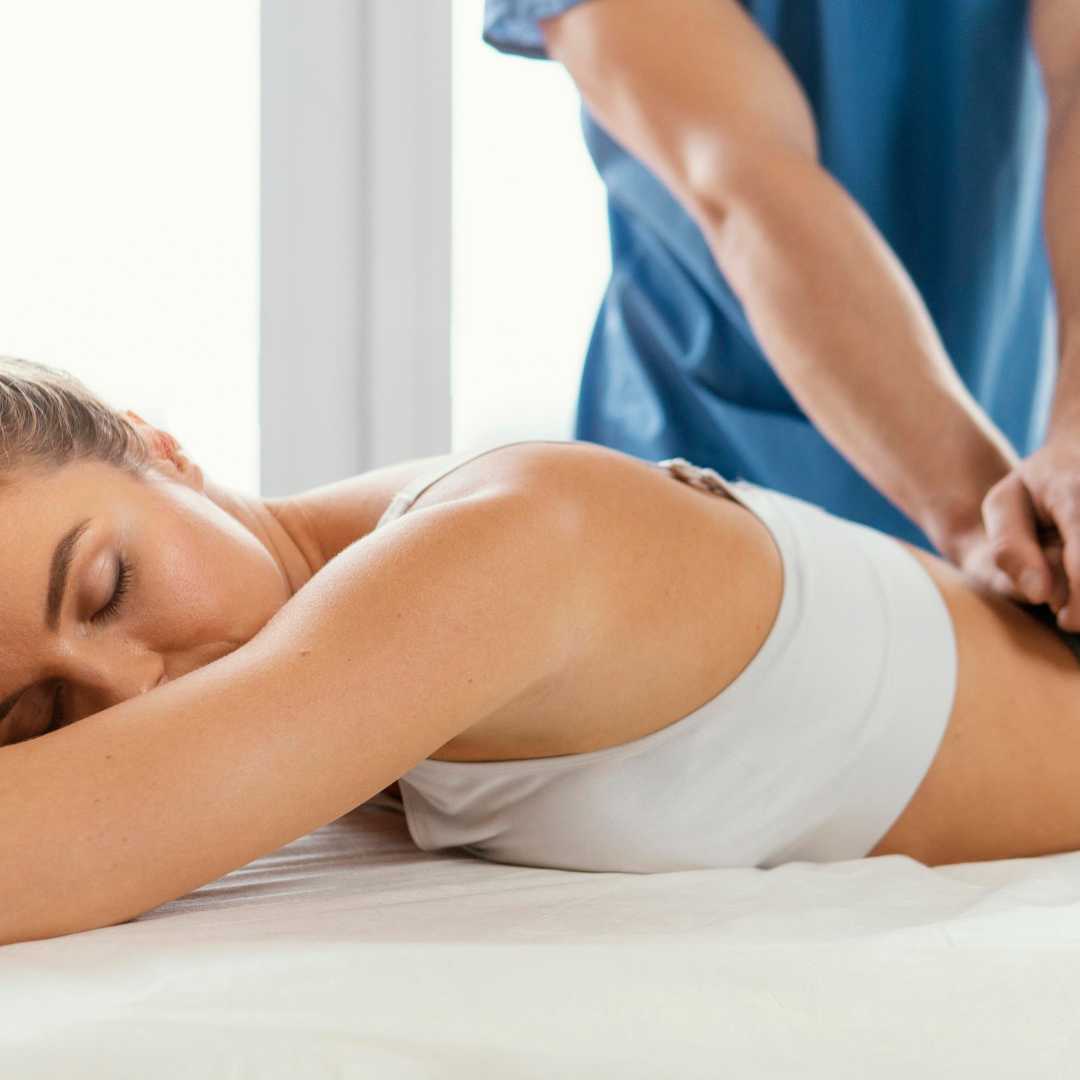

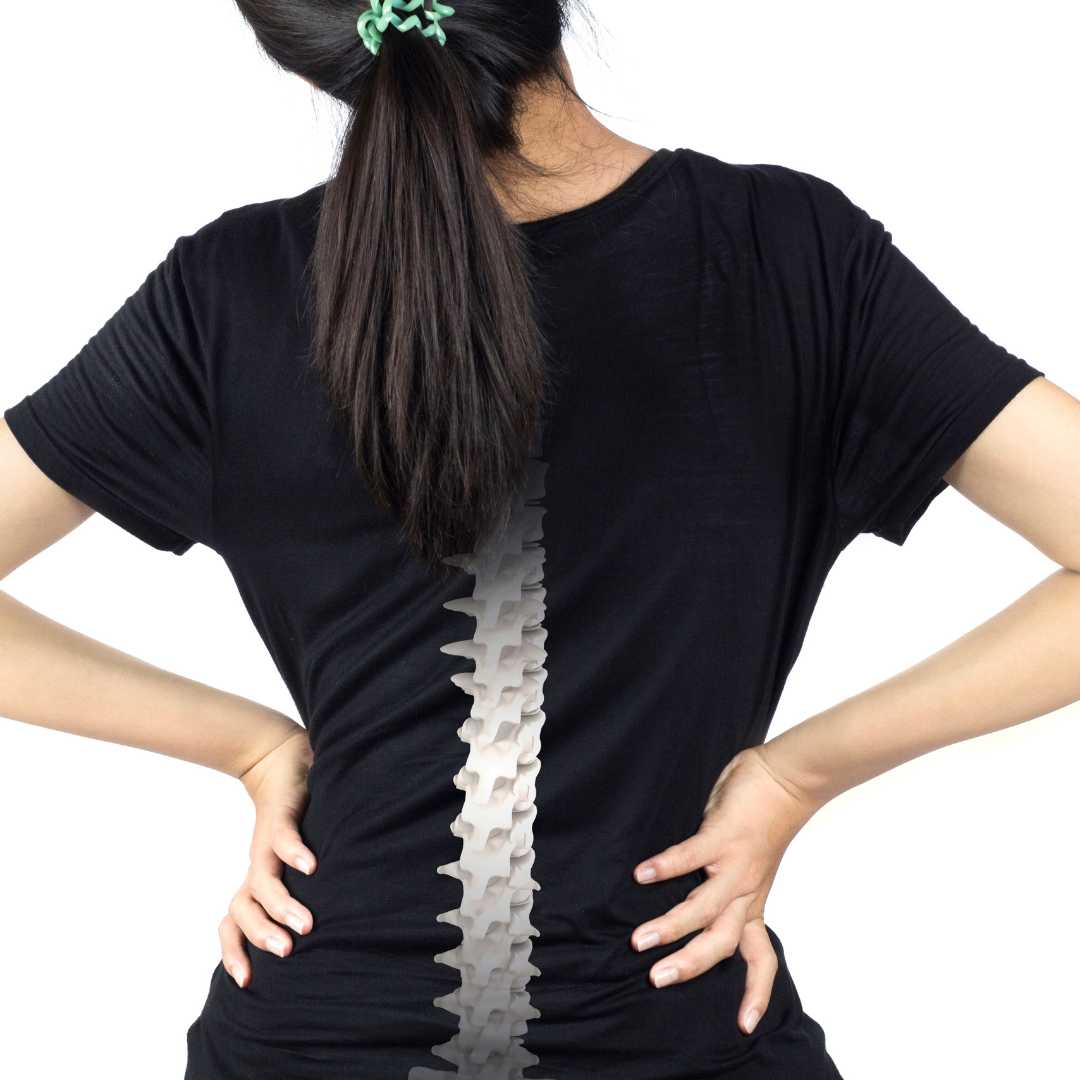
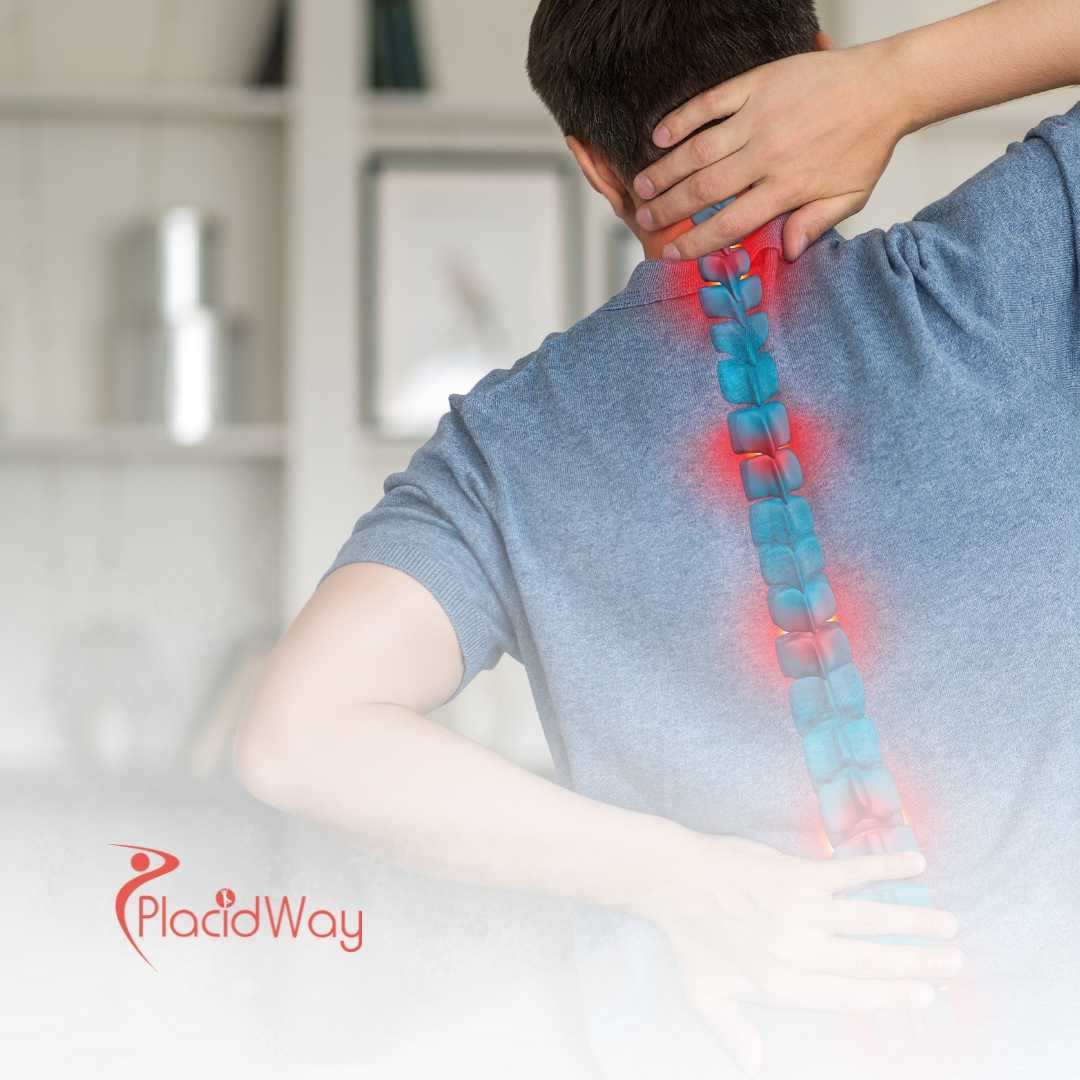
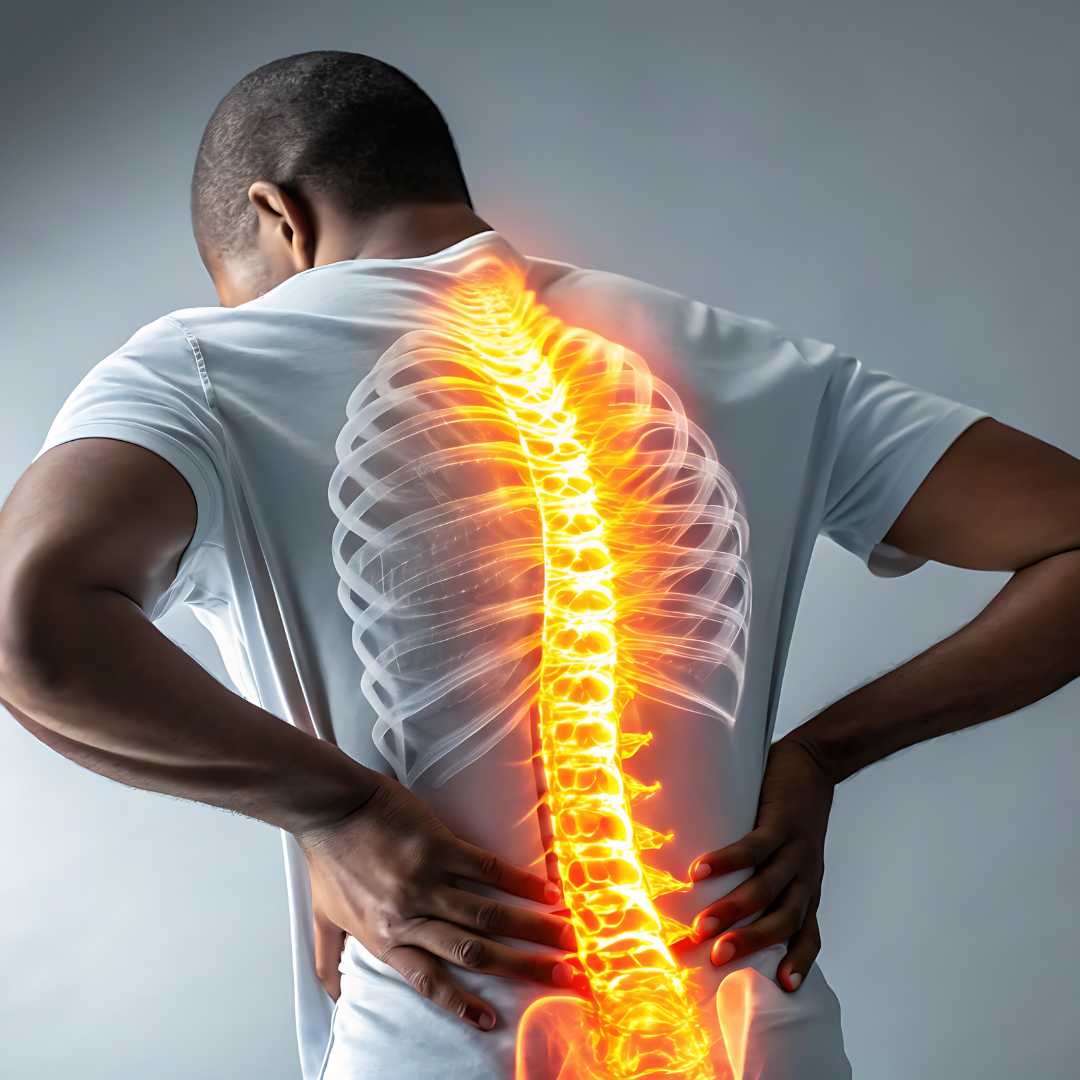
.png)
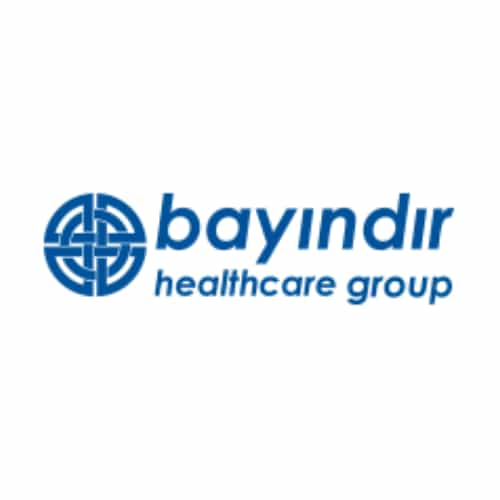

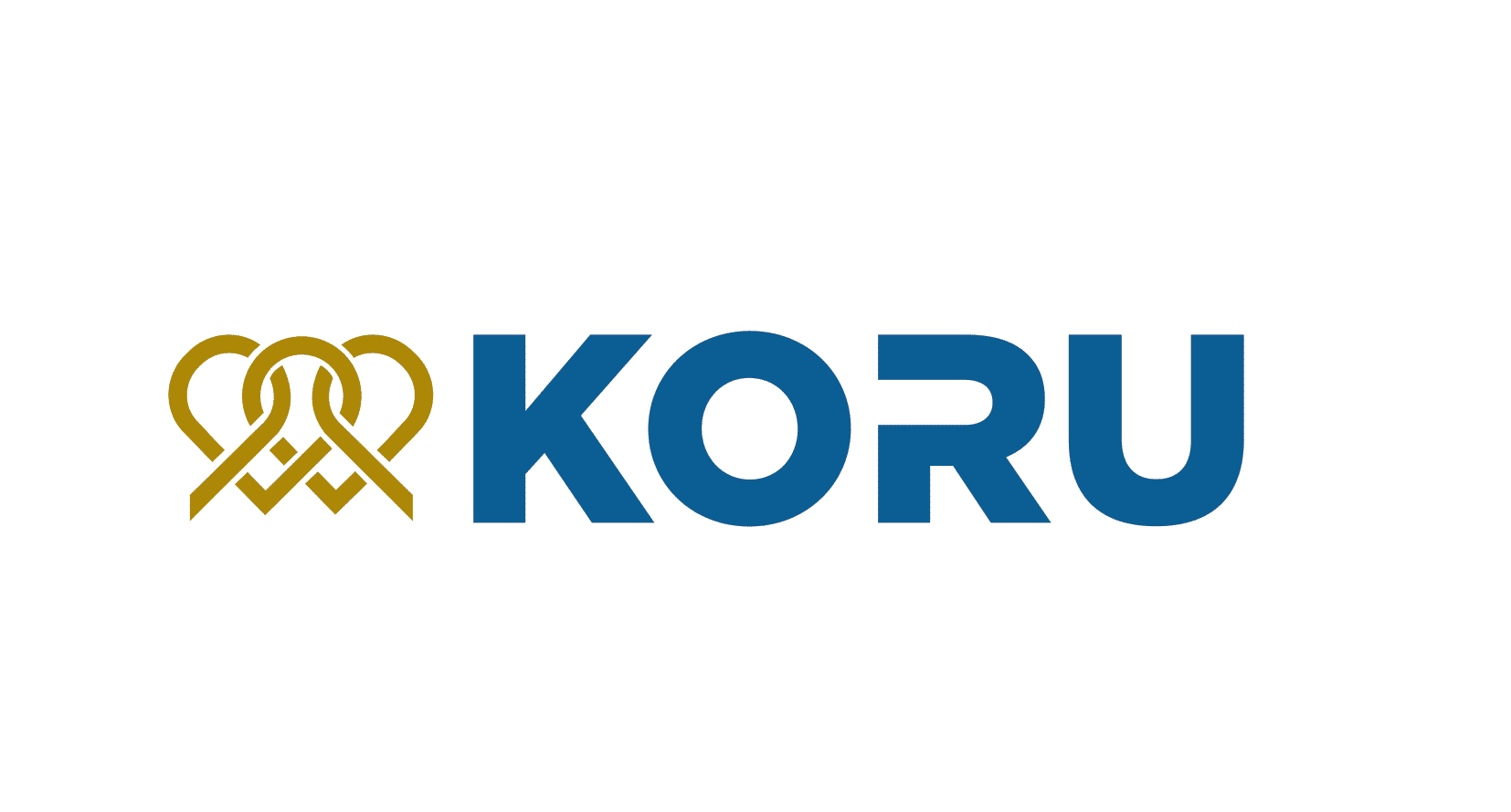
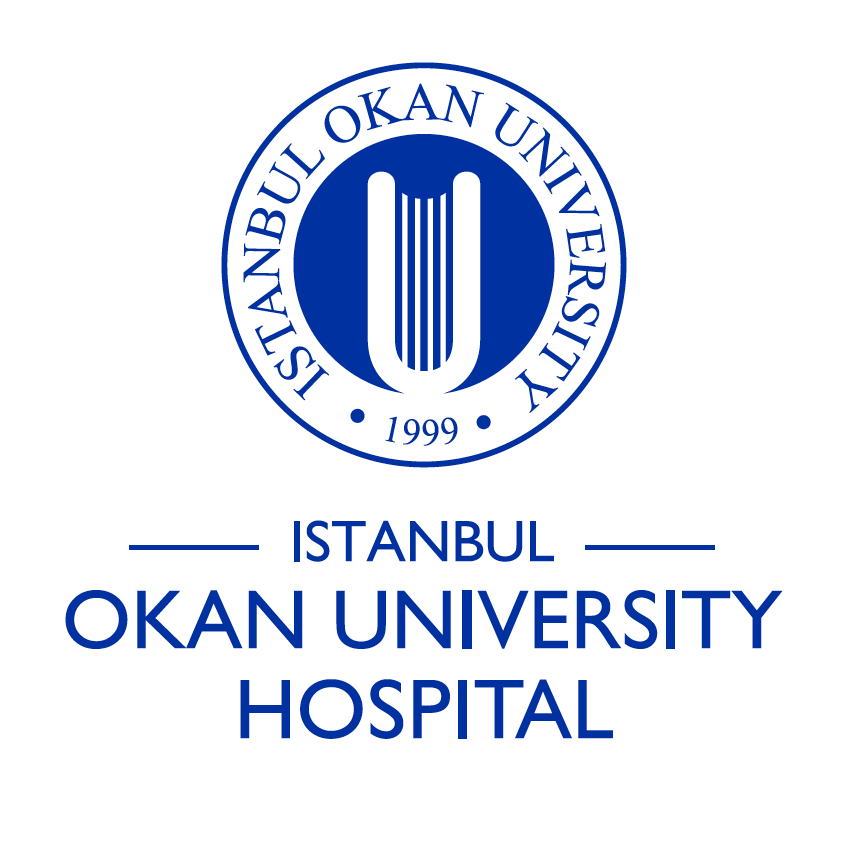
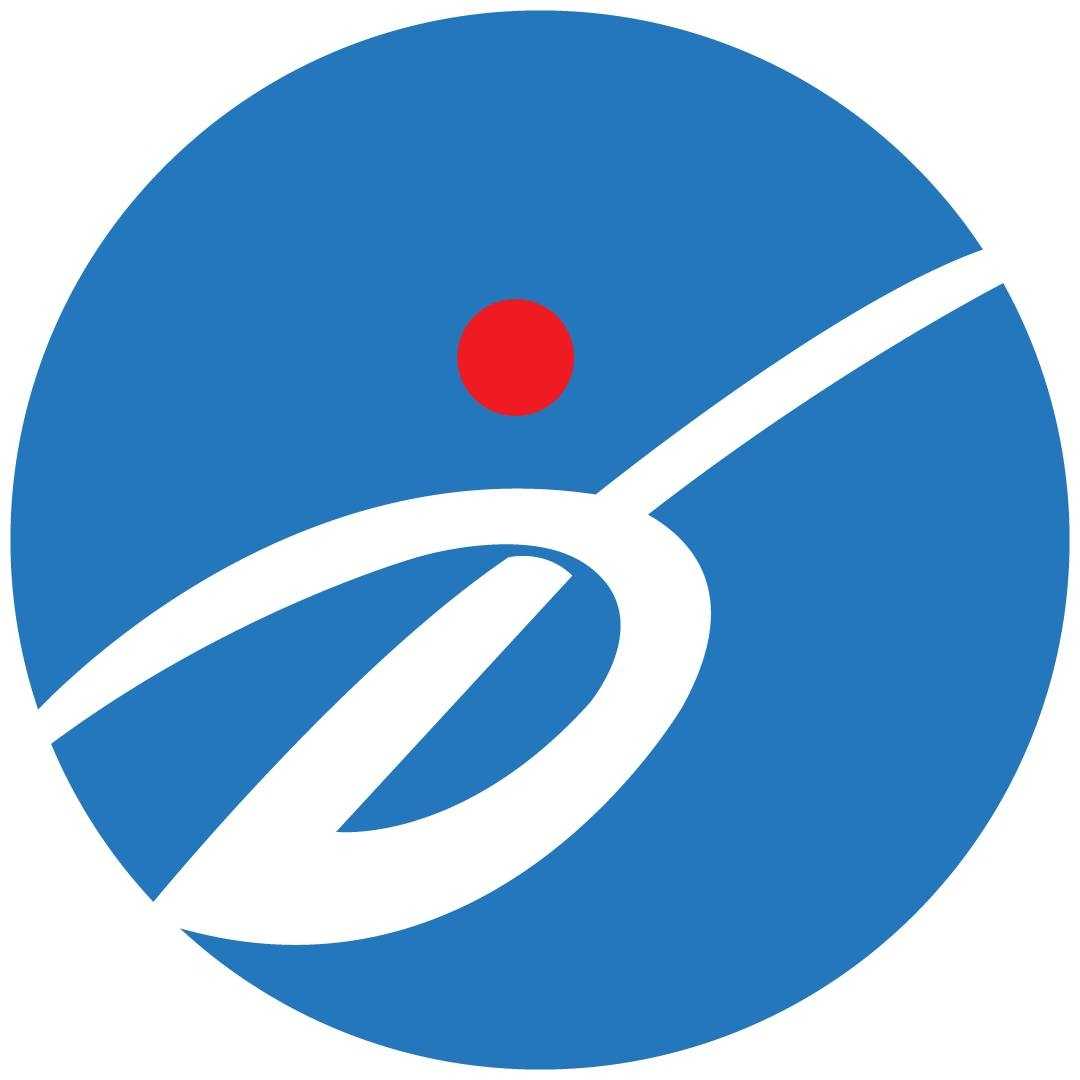

Share this listing